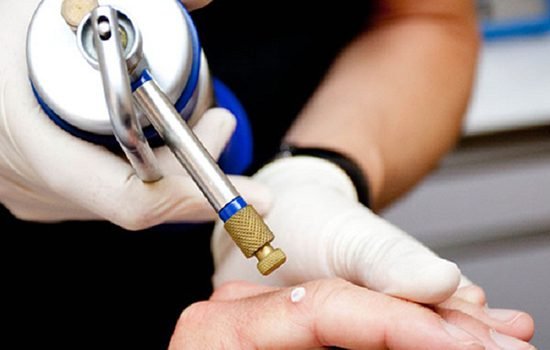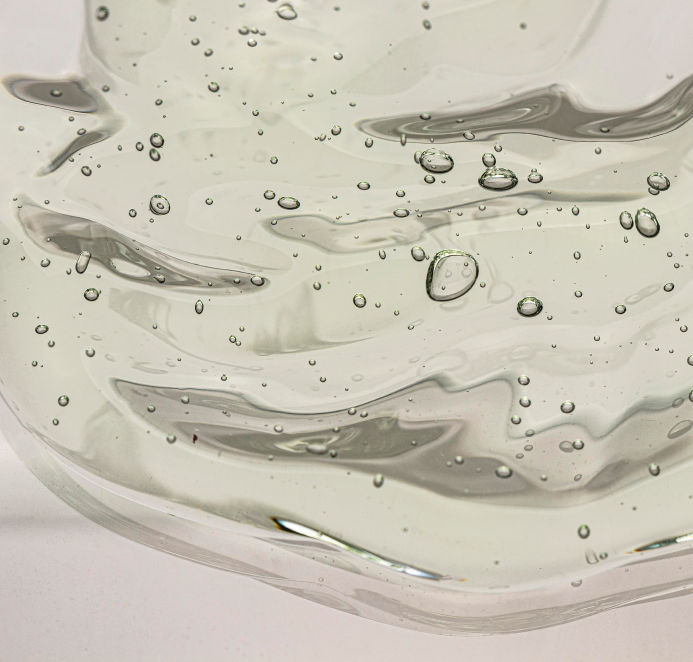Cryosurgery
aka Liquid Nitrogen or Freezing

Cryosurgery is the use of liquid nitrogen to remove skin growths including skin tags and warts, fade brown spots and treat early onset, small skin cancers like actinic keratosis, basal and squamous cell carcinomas.
How is cryosurgery performed?
Dr. Campbell applies liquid nitrogen using either a spray device or a cotton tipped applicator. The liquid nitrogen used in cryosurgery is -196 degrees Celsius and works by freezing the target skin cells quickly and then allowing them to slowly thaw to destroy them. With thicker lesions, additional freeze/thaw cycles may be performed in the same visit. In some cases, additional visits may be needed for repeat cryosurgery.
Why are repeat visits needed for cryosurgery?
The goal in cryosurgery is to destroy the skin growth of concern, while leaving the surrounding skin as undamaged as possible. A normal and common side effect of cryosurgery is destruction of nearby melanocytes causing pigment changes to the treated skin. In some cases, a scar can even occur. It is a balancing act to treat the concerning growth versus causing skin changes to the surrounding skin, therefore visits typically spaced 3-4 weeks apart are encouraged to ensure appropriate treatment of the growth, while minimizing unwanted side effects of overly aggressive treatment.
Is cryosurgery painful?
Cryosurgery cools the treated skin to a sub-zero temperature resulting in a burning, stinging sensation. The good news is as the skin rewarms in 1-2 minutes the burning and stinging subsides. No topical or injected anesthesia is required for the treatment and it is very well tolerated by the vast majority of patients.
What can be expected after cryosurgery?
Most patients develop a red, swollen area at the treatment site. Blister formation is common and unless painful, keeping the blister roof intact is best given it serves as nature's best Band-Aid. Keeping the site clean with soap and water daily is recommended. Over 1-2 weeks a dry crust tends to form that can be kept clean with soap and water daily and moist with Vaseline that falls off on its own. Healing times can range from 2 to 6 weeks.
What are possible side effects of cryosurgery?
The most common side effect of cryosurgery is pigment changes in the skin. The skin becomes darker, lighter or pink. Scars can occur in treated areas. It is best to discuss pros and cons of cryosurgery versus other surgical modalities with Dr. Campbell at the time of

When you look good, you feel good
We offer medical, surgical, and cosmetic dermatology services.
BOOK AN APPOINTMENT